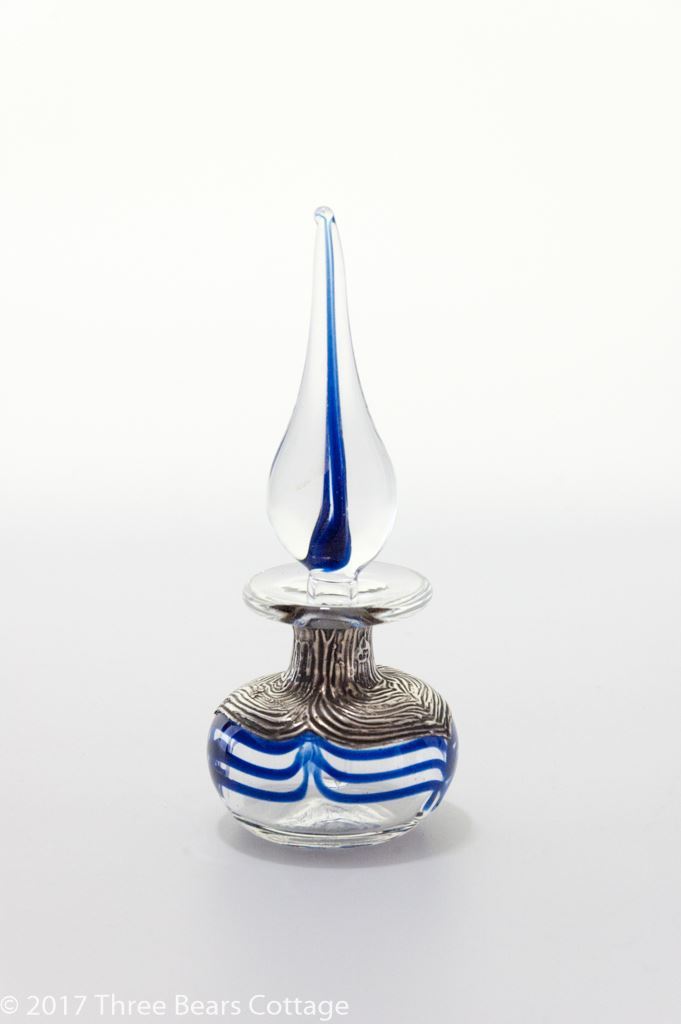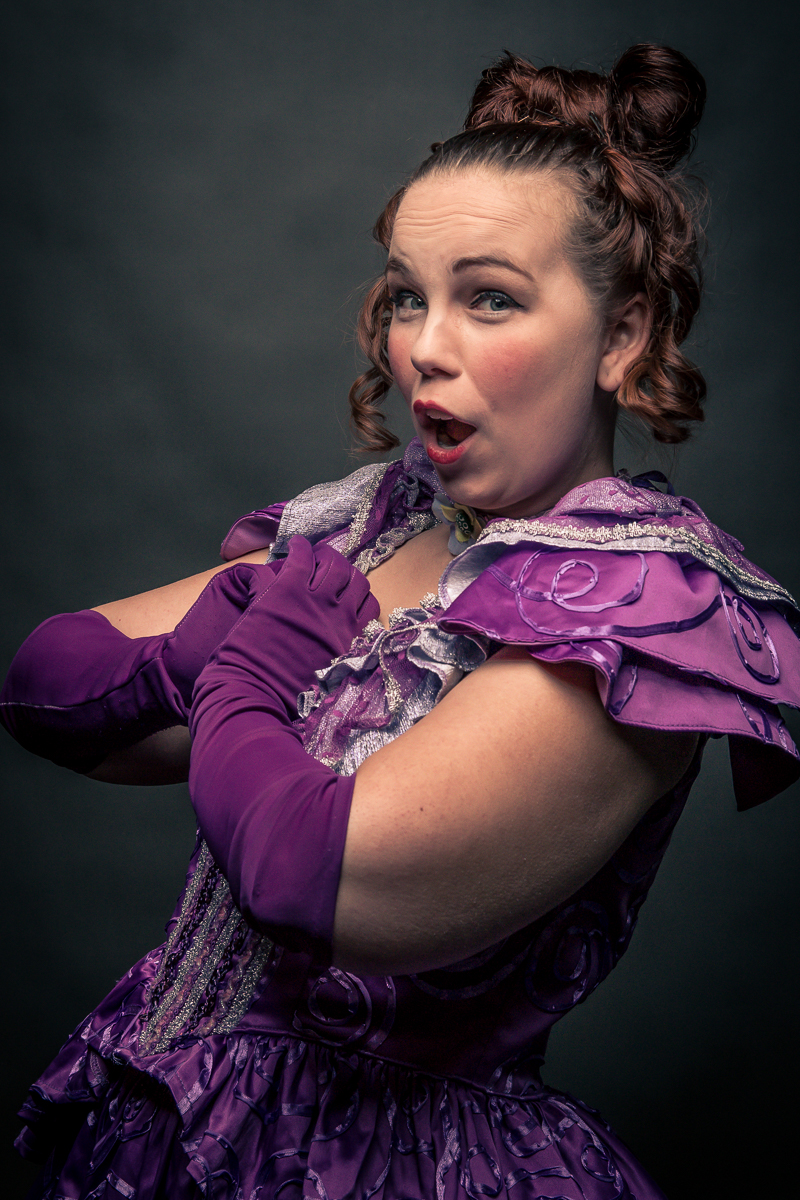

These instruments were named lorgnettes after a type of spectacles with a handle that were very popular in the 19th century. Later, manufacturers started to produce opera glasses with the handle already attached to the binocular body. So at the end of the 19th century special handles for opera glasses came onto the market. There is only one comparative flaw in opera binoculars – for some people it’s not very comfortable to hold them by their body. By Sobebunny (Own work), via Wikimedia Commons The image of opera glasses likely hasn’t changed because it was already as close to perfect as possible. Since then there has been additional improvement on the optical design, but their exterior has stayed the same (you wouldn't be able to tell the difference between modern opera glasses and opera glasses made a century ago if it weren’t for visible signs of time on the surface of the antique ones).

Finally, in 1825 Pierre Lemiere invented the central focusing wheel, which helped to refine the design, and opera binoculars were born. The resulting instrument was moreover not very compact.

Attempts to make a single instrument out of two monoculars had been made during the first quarter of the 19th century, but weren’t successful since both monoculars needed to be focused separately, which was highly inconvenient. But obviously it was hard to watch a performance with just one eye, so some improvements had to be made. Opera glasses also took their compactness from their predecessors: a collapsed monocular was as small as a lady’s folding mirror, so ladies could hold it with just one hand. You can tell that’s how opera glasses inherited their outstanding look: they were not just a tool to see images closer, but a fashionable accessory. The most expensive models were covered with semi-precious and precious stones, ivory, pearls or enamel and usually had engravings. Theater monoculars were tastefully designed and were exquisitely decorated. Basically, the theater monocular was just a very small telescope, but what really made it stand out was its appearance. Now it’s hard to imagine, but in the middle of the 18th century people were enjoying performances in theaters with monoculars in hand. Just as common binoculars once were simply two telescopes connected together, theater binoculars trace their history back to the so-called theater monocular (also known as opera glass). And here’s where we need to take a retrospective view and learn some facts from the history of theater binoculars. But humanity hasn’t invented anything better than good old theater binoculars and even these days people still go to the theater and opera with compact opera glasses - the same way their ancestors did hundreds of years ago.
OPERA GLASSES THE YOUNG WOMAN HOW TO
But it seems that in our time there should be a new, high-technology approach to the timeless problem: how to let a large group of people see everything on a small and distant (for most visitors) stage. There are many reasons for that, starting with social and economic factors and ending with current fashion trends. But first let’s understand why opera glasses have become so popular and take a look back at their history.īehind such splash of popularity of opera glasses is the fact that in the 21st century attending the opera and theater once again became a sign of a good taste. And in this article we will talk about where to buy opera glasses, how, when and where to use them, and we will review some of the best new offers available on the market. It has all the required information on the basic specifications of opera glasses, and will help you to decide in favor of one of the most common opera glasses designs (or even both – never too many!). If you are going to buy theater binoculars for the first time, then you should read this guide first as it describes how to choose good theater glasses. If you frequently attend live performances and still don’t have opera glasses, or if you want to buy a new pair (they are like shoes – there are never too many pairs), then this article may be useful for you. These days a stylish and quality pair of theater binoculars is an absolute must-have for any keen theater, opera or concert goer. Opera Glasses Overview: from the first opera glass to the latest trends in theater binoculars


 0 kommentar(er)
0 kommentar(er)
